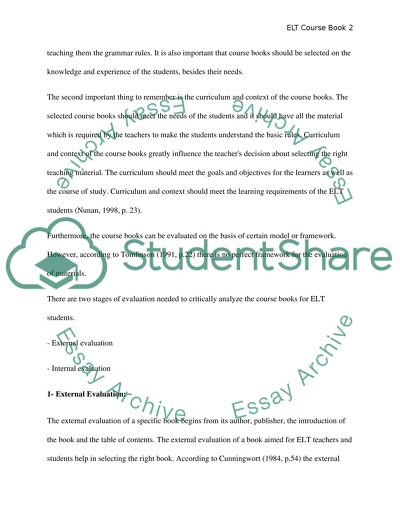Cite this document
(“Textbook evaluation Assignment Example | Topics and Well Written Essays - 1750 words - 1”, n.d.)
Textbook evaluation Assignment Example | Topics and Well Written Essays - 1750 words - 1. Retrieved from https://studentshare.org/english/1620135-textbook-evaluation
Textbook evaluation Assignment Example | Topics and Well Written Essays - 1750 words - 1. Retrieved from https://studentshare.org/english/1620135-textbook-evaluation
(Textbook Evaluation Assignment Example | Topics and Well Written Essays - 1750 Words - 1)
Textbook Evaluation Assignment Example | Topics and Well Written Essays - 1750 Words - 1. https://studentshare.org/english/1620135-textbook-evaluation.
Textbook Evaluation Assignment Example | Topics and Well Written Essays - 1750 Words - 1. https://studentshare.org/english/1620135-textbook-evaluation.
“Textbook Evaluation Assignment Example | Topics and Well Written Essays - 1750 Words - 1”, n.d. https://studentshare.org/english/1620135-textbook-evaluation.


